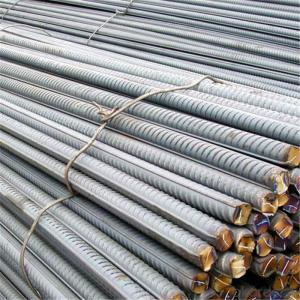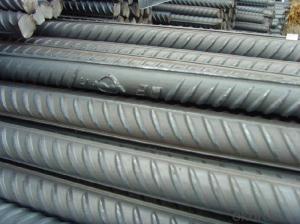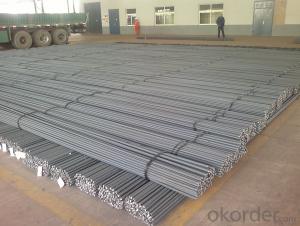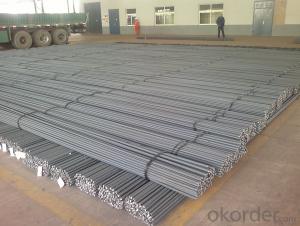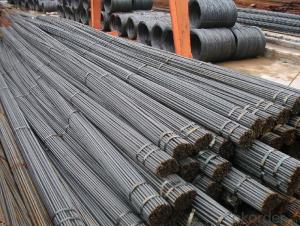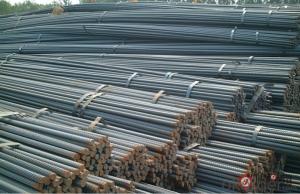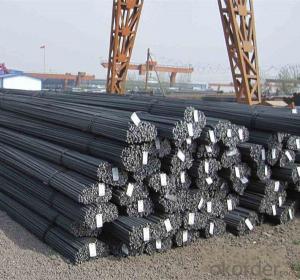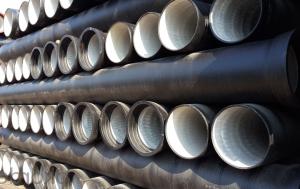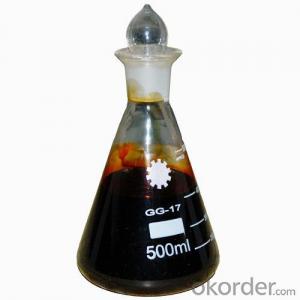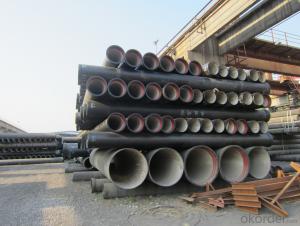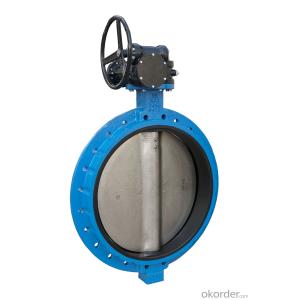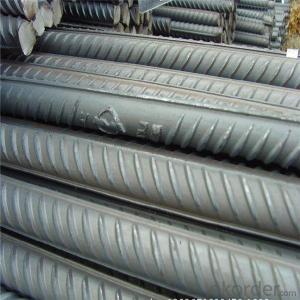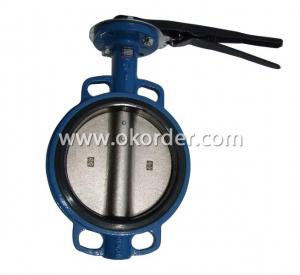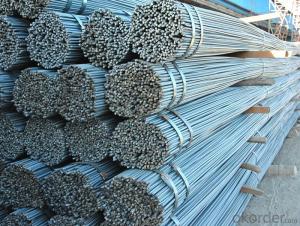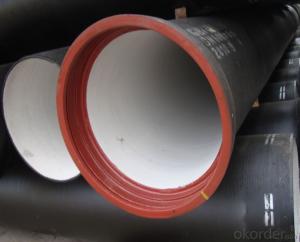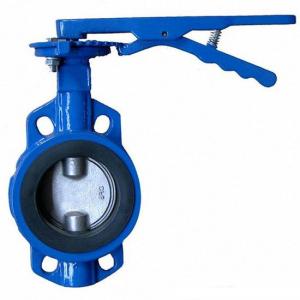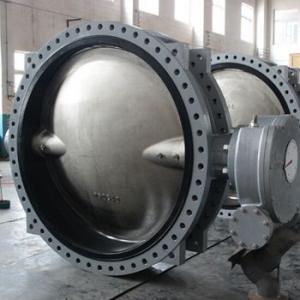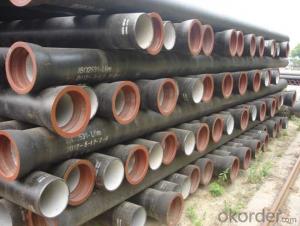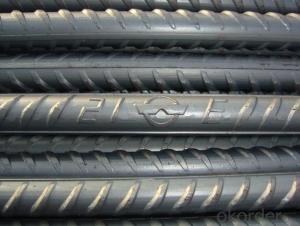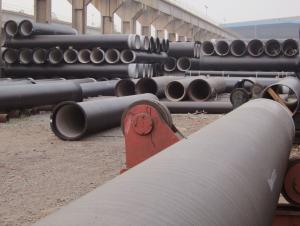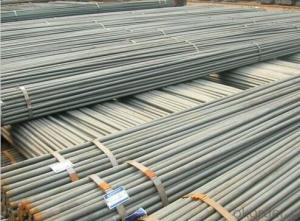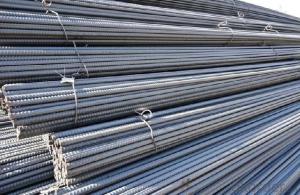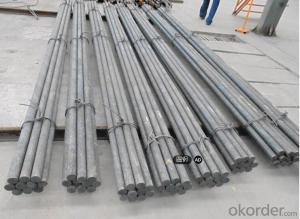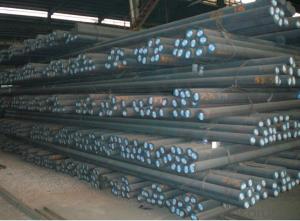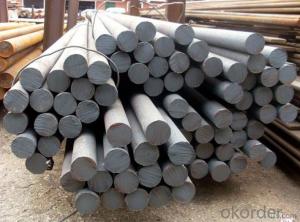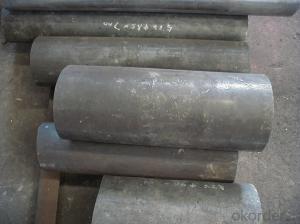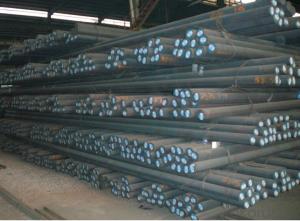Concrete Iron Rods
Concrete Iron Rods Related Searches
Stainless Steel Curtain Rods Stainless Steel Rods Rods Fish FoodHot Searches
Aluminum Diamond Plate For Sale Gas Powered Core Aerator For Sale Concrete Plasticizer For Sale Concrete Slabs For Sale Revolution 4 Propeller For Sale Ex Display Log Cabins For Sale Cubicle Partitions For Sale Stearman Propeller For Sale Palram Greenhouses For Sale Gumbo Bowls For Sale Suzuki Propellers For Sale Freight Crates For Sale Outhouse Sheds For Sale Buy Limestone For Carving Buy Alabaster For Carving China Cutting Aluminum Plate 1 4 Aluminum Diamond Plate Price 4x8 Aluminum Diamond Plate Price 4x8 Diamond Plate Aluminum Price Wholesale Cutting Aluminum PlateConcrete Iron Rods Supplier & Manufacturer from China
Okorder.com is a professional Concrete Iron Rods supplier & manufacturer, offers integrated one-stop services including real-time quoting and online cargo tracking. We are funded by CNBM Group, a Fortune 500 enterprise and the largest Concrete Iron Rods firm in China.Hot Products
FAQ
- Yes, special steel can be used in the production of fasteners for high-stress applications. Special steels like alloy steel or stainless steel possess enhanced strength, durability, and resistance to corrosion, making them suitable for withstanding high-stress environments. These fasteners provide reliable and secure connections even under extreme conditions, ensuring the safety and performance of the application.
- Thanks to its high strength, toughness, and fatigue resistance, special steel excels in dynamic loading scenarios. When exposed to repeated and fluctuating stresses, special steel can endure the impact and maintain its mechanical properties without any setbacks or distortions. The distinct composition and processing techniques employed in the production of special steel, including the addition of alloying elements and heat treatment, significantly bolster its ability to withstand dynamic loading. Consequently, special steel proves to be an optimal material for applications that involve dynamic forces, such as automotive components, machinery parts, and structural elements utilized in construction. The exceptional performance of special steel under dynamic loading conditions guarantees durability, reliability, and safety across various industries.
- Yes, special steel can be used in the transportation industry. Special steel alloys possess excellent strength, durability, and corrosion resistance properties, making them suitable for various applications in transportation, such as manufacturing of vehicle components, structural parts, and machinery. These steels can enhance the overall performance, safety, and efficiency of vehicles, ensuring long-lasting and reliable performance, even under challenging conditions.
- Special steel can undergo various heat treatment methods to enhance its mechanical properties and performance. Some commonly used techniques include: 1. Annealing: By heating the steel to a specific temperature and gradually cooling it, internal stresses are relieved and a refined microstructure is formed. This process improves the steel's machinability and ductility. 2. Normalizing: The steel is heated above its critical point and then cooled in still air. This method refines the grain structure, enhances toughness, and improves strength. 3. Quenching: Rapid cooling is achieved by immersing the steel in a quenching medium like water, oil, or polymer. It increases hardness and strength by forming a hard martensitic structure. However, quenching may introduce internal stresses and decrease toughness, so tempering is often performed afterwards. 4. Tempering: Quenched steel is reheated to a specific temperature and gradually cooled. This relieves internal stresses, reduces hardness, and improves toughness and ductility. Tempering also enhances resistance to brittle fracture. 5. Austempering: Steel is quenched to a temperature slightly above its martensitic transformation range, followed by holding it at this temperature until austenite transforms into bainite. This unique microstructure offers a combination of high strength and good toughness. 6. Martempering: Similar to austempering, but the steel is quenched just below its martensitic transformation range and held at that temperature until transformation is complete. Martempering produces a microstructure with improved strength and toughness compared to conventional quenching. These heat treatment methods are widely used to tailor special steel properties according to specific applications and requirements. The choice of method depends on factors such as desired mechanical properties, steel composition, and the intended use of the final product.
- There are several different types of high-speed steel, including M1, M2, M42, and T1. Each type has its own unique composition and properties, making them suitable for various applications in cutting tools, drills, and machining operations.
- Special steel plays a crucial role in the aerospace defense machinery industry by providing exceptional strength, durability, and resistance to corrosion and high temperatures. It is used extensively in the manufacturing of various components such as landing gears, turbine blades, structural frames, and armor plating for military aircraft and defense systems. Its unique properties ensure optimal performance, safety, and reliability of these critical machines, enabling them to withstand challenging environments and extreme operating conditions.
- Special steel plays a crucial role in the aerospace fastener industry by providing high strength, durability, and resistance to extreme conditions. Aerospace fasteners are essential components that hold various parts of an aircraft together, ensuring structural integrity and safety during flight. The use of special steel in manufacturing these fasteners allows them to withstand the demanding requirements of the aerospace industry. One of the key contributions of special steel to the aerospace fastener industry is its ability to maintain strength at high temperatures. Aircraft engines operate at extremely high temperatures, and fasteners made from special steel can withstand these conditions without losing their integrity. This is essential for ensuring the reliability and safety of the aircraft, as any failure of the fasteners could lead to catastrophic consequences. In addition to temperature resistance, special steel also offers exceptional strength and corrosion resistance. Aerospace fasteners made from special steel can withstand the tremendous forces and stresses experienced during flight, ensuring that the components remain securely fastened together. Moreover, they are highly resistant to corrosion, which is crucial considering the exposure of aircraft to harsh environmental conditions, including moisture and chemicals. The unique properties of special steel also enable the production of lightweight fasteners without compromising their strength. Weight reduction is a primary concern in the aerospace industry as it directly impacts fuel efficiency and overall performance. By utilizing special steel, manufacturers can design fasteners that are both strong and lightweight, contributing to the overall weight reduction efforts of modern aircraft. Furthermore, special steel allows for the production of fasteners with precise dimensions and tight tolerances. This is essential for achieving a secure fit between components, minimizing vibrations and potential damage caused by movement during flight. The accuracy and reliability of special steel fasteners are crucial for maintaining the structural integrity and safety of the aircraft. In conclusion, special steel significantly contributes to the aerospace fastener industry by providing the necessary strength, durability, temperature resistance, and corrosion resistance needed for aircraft applications. Its unique properties enable the production of lightweight yet robust fasteners, ensuring the structural integrity and safety of modern aircraft. Without special steel, the aerospace industry would face significant challenges in meeting the demanding requirements of aviation.
- Special steel performs well in cryogenic conditions due to its low thermal expansion, high strength, and good toughness. It can withstand extreme cold temperatures without becoming brittle or losing its structural integrity, making it suitable for applications such as cryogenic storage tanks, aerospace components, and superconducting magnets.


